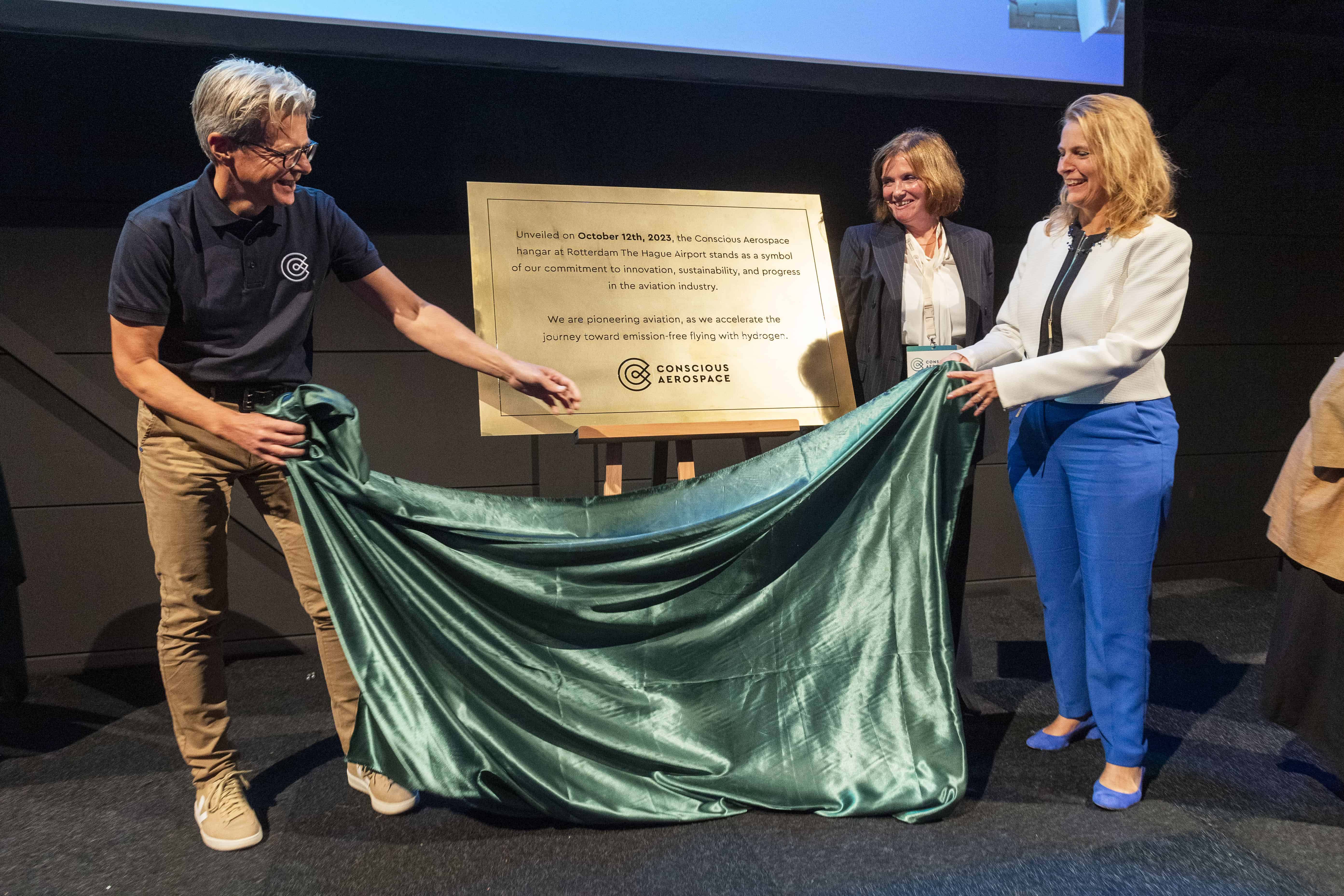
The landing strip of the Rotterdam-The Hague airport is as busy as it usually is on a Thursday in October. Planes from and to several, mostly Southern, European destinations land and take off. The noise of the kerosene-powered engines echoes, as it does close to any other airport. Except, this is not a day like the others. Besides the rain, the airport takes the first of many steps to accommodate hydrogen flying and make kerosene a thing of the past.
- Dutch startup Conscious Aerospace opened a new hangar, aiming to operate the first commercial hydrogen-powered flight by 2028.
- Its HAPSS technology retrofits planes with hydrogen fuel cells, enabling longer, zero-emission flights.
- With aviation partners and government support, Conscious sees hydrogen as the future of flight.
Conscious Aerospace officially opened its hangar at the Rotterdam The Hague airport. The company developed HAPSS – an acronym for Hydrogen Aircraft Powertrain and Storage Systems – a technology to retrofit existing planes with hydrogen fuel cells. Despite being established slightly over a year ago, the company set a challenging goal: operating the first commercial flight by 2028.
The target is shared by the Dutch government, too. HAPSS is one of the projects of Luchtvaart in Transitie (Dutch for aviation in transition). With a €264 million allocated budget – and 119 more earmarked conditionally – it is the initiative to support sustainable aviation, financed through the National Growth Fund. The roadmap to 2028 is tight, but the vision is in sight. And infrastructure and supply promise to keep up.
“We could have set this goal later in time, but things don’t work if you don’t have a goal to work towards. It’s feasible, but it’s challenging, and we need to move,” states Erik Geertsema, Conscious Aerospace’s CEO. With a long track record in the aerospace industry, he talks in aviation metaphors, stressing the necessity to “propel” hydrogen flying forward.
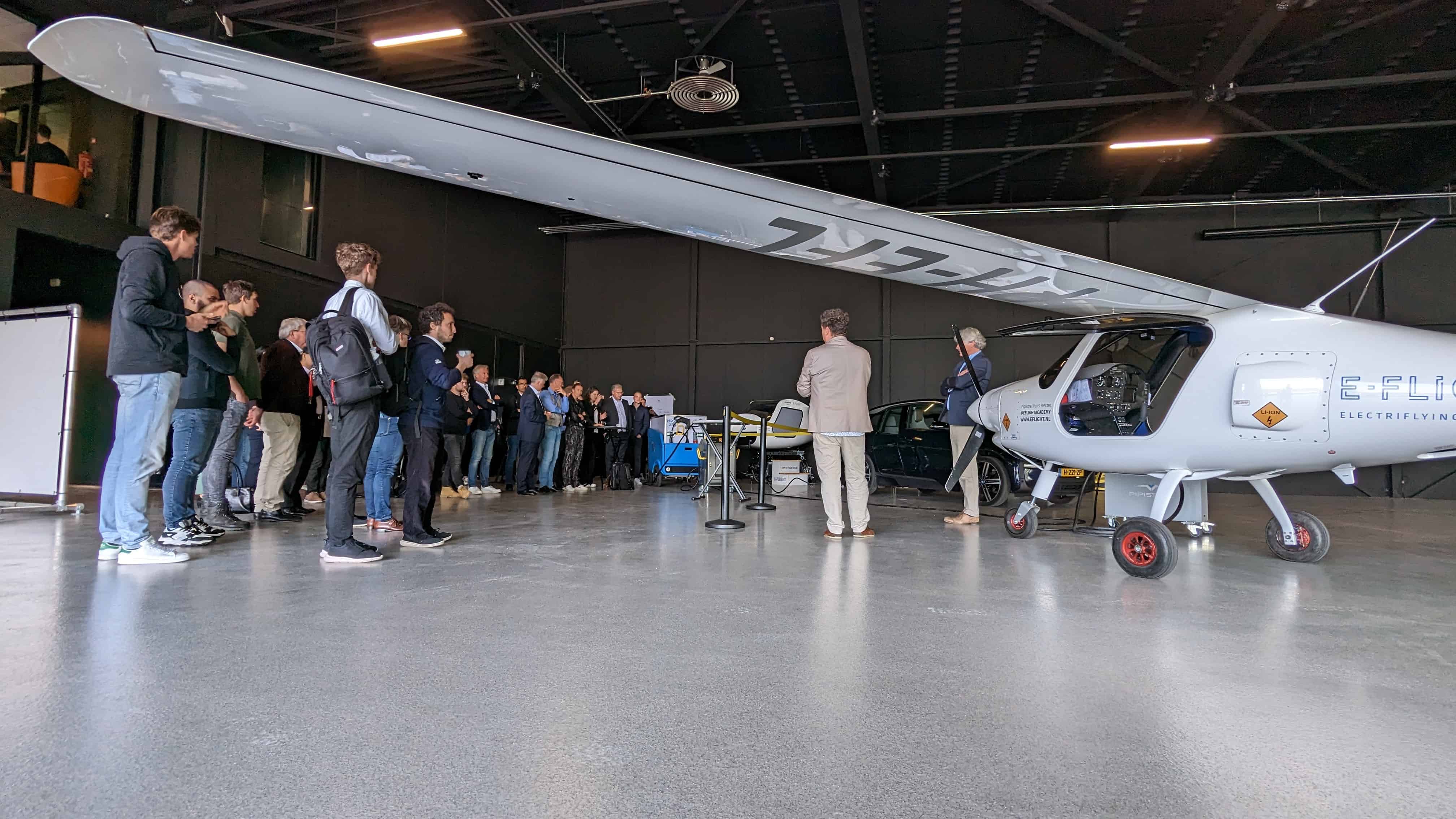
Immediate impact
In pushing the transition, HAPSS comes in as a today-oriented solution. From the powertrain to the tank distribution system and the electrical engine, this technology makes kerosene combustion obsolete. Instead, it doesn’t need a burning of any sort. In fact, the technology powers aircraft through a fuel cell system that transforms liquid hydrogen into electricity through electrolysis. Through this process, the aircraft engine gets the electricity it needs to fly.
Whereas in the car market, battery-powered vehicles proved to be better options than hydrogen-powered ones, the scenario is nearly flipped in the aviation industry. Batteries are not as efficient as hydrogen. They are heavy and contain less power than H2. Yet, they still represent an option for short-haul flying—albeit Europe wants trains to replace brief and local flights. By contrast, hydrogen can fuel longer travels. Conscious Aerospace claims HAPSS can cover up to 750 km-long journeys.
HAPSS is designed to retrofit a specific kind of plane, the Dash 8-300, that can carry a few dozen passengers. Accordingly, Conscious has worked with De Havilland, the company producing the aircraft, for over six months. On the stage set up for the occasion in the hangar, Michel van Ierland announces that the system perfectly fits the Dash 8-300 just a few hours after landing from a business trip to Canada, where the plane maker is based.
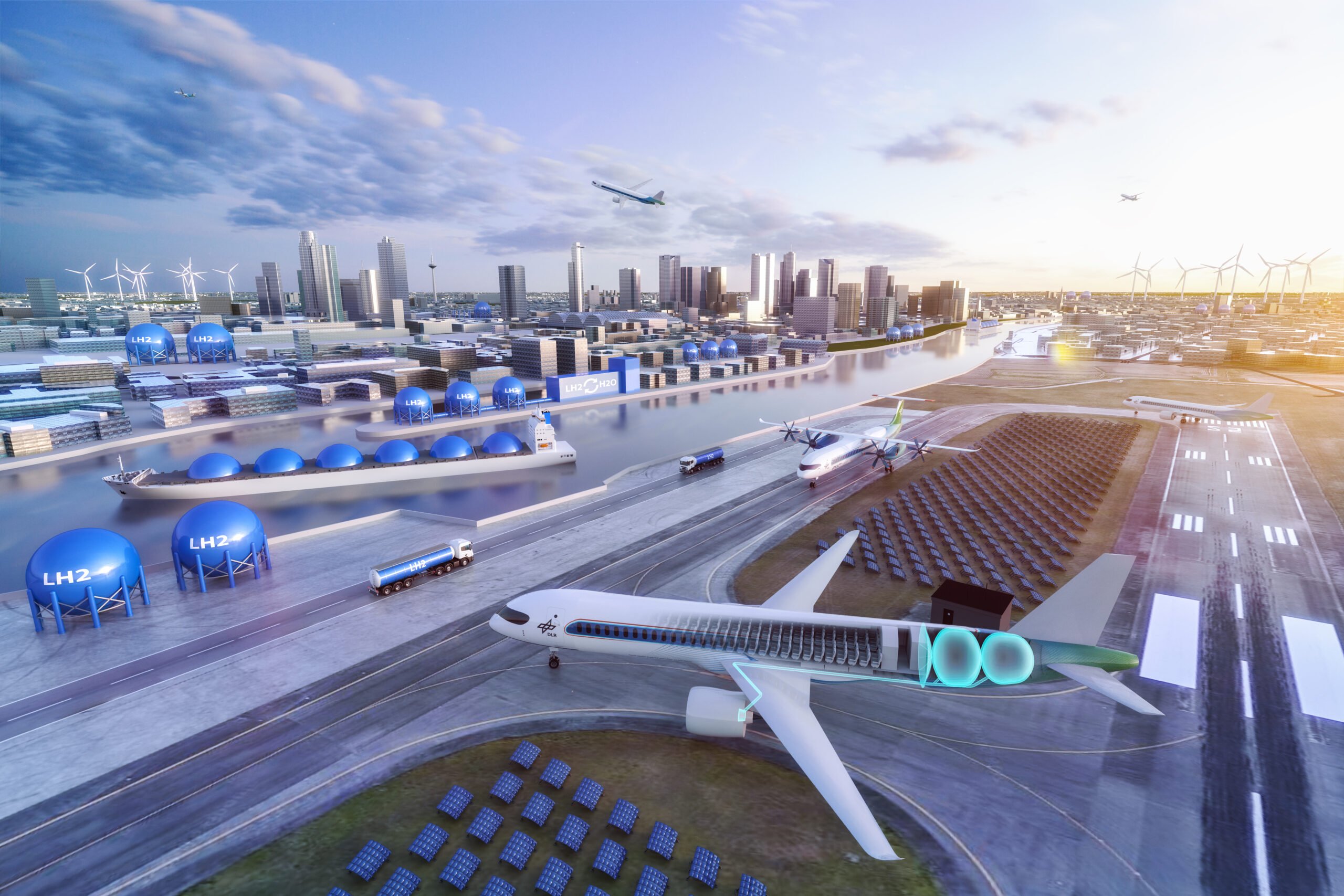
Revolution from the inside
Van Ierland is the founder of Conscious Aerospace. As Geertsema, he also has years of experience in aviation, besides being a pilot in his spare time. Therefore, he knows the importance of ‘making the revolution’ from the inside. And the revolution is hydrogen-powered.
“As Allard Castelein [former CEO of the Port of Rotterdam and one of the speakers at the inauguration event] rightfully said, hydrogen isn’t moving away from us. It’s moving towards us. The legislation is being implemented, and there is a desire to roll hydrogen infrastructure out. Although there is a blend of options if we want to go towards zero emissions aviation, liquid hydrogen is the only solution available,” van Ierland remarks.
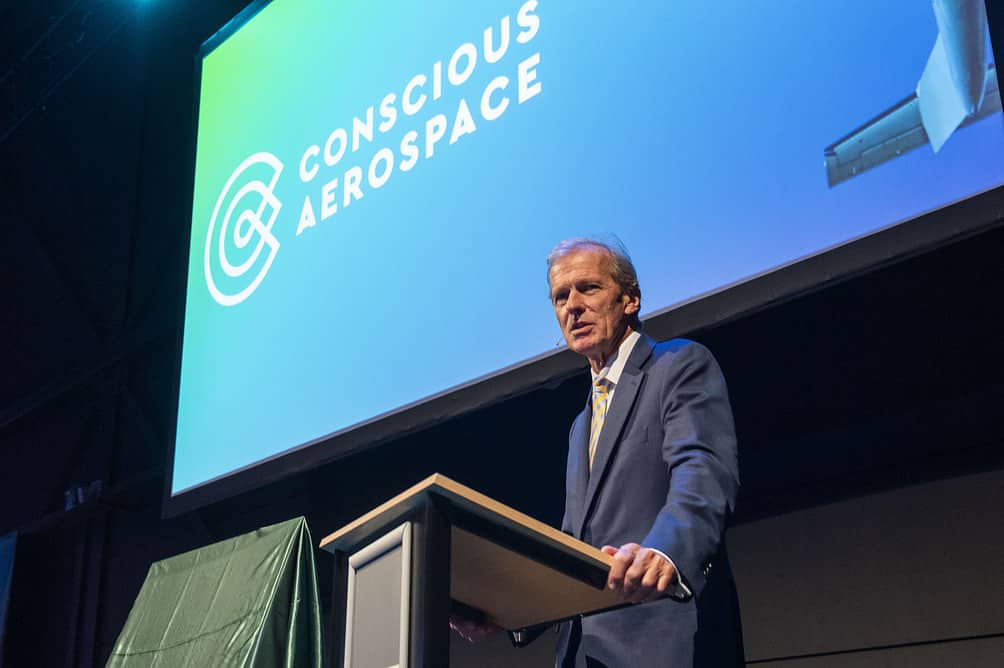
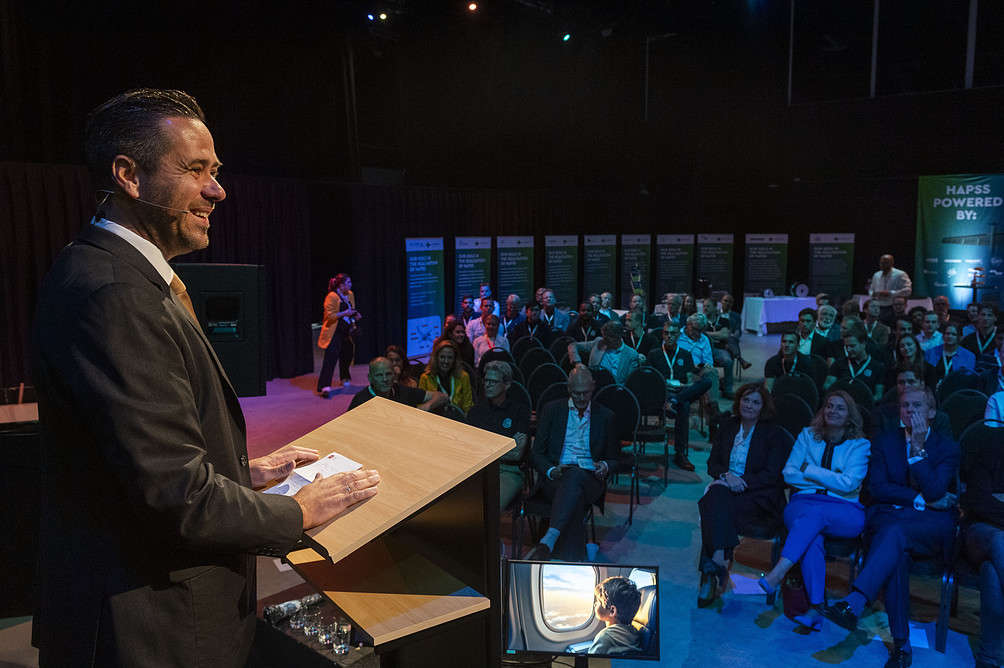
Ron van Manen, managing director of Luchtvaart in Transitie, strongly agrees. As one of the day’s speakers, he compared the different technologies, highlighting the “moral obligation” the Netherlands has in making aviation greener. Six percent of the Dutch CO2 emissions are derived from air transport,” he says.
In Geertsema’s view, collaborating with the ecosystem and, importantly, with an aircraft manufacturer gives Conscious Aerospace’s mission credibility and makes it move faster. “This industry is international, but it’s very small in a way. We know each other, we help each other, and we build together,” the CEO explains.
Warm-up
The Dutch company is finishing the feasibility study of the architecture. In the coming two years, countless hours of groundwork will come to test, and perfect the solution will come. Parallel to that, the design will continue developing from preliminary to definitive. Flight tests will come. Last but not least, the years to 2028 will also be full of talks with the authorities to “co-create” – as Geertsema defined the process – the legal standards of the technology, which are not there yet. With this regard, the hangar will be a paramount testing space.
In producing its technology, Conscious is using the help of many partners, covering different areas of expertise. The Delft University of Technology is one of them. Besides, the startup can always count on the “support of the airport,” as per Wilma van Dijk, CEO of Rotterdam’s terminal. As a good landlady, she handed over the hangar’s key to Geertsema on the venue’s stage. As the airport aims to cut off its ground operations emissions by 2030, she also sees hydrogen as a “game-changer” for the industry.
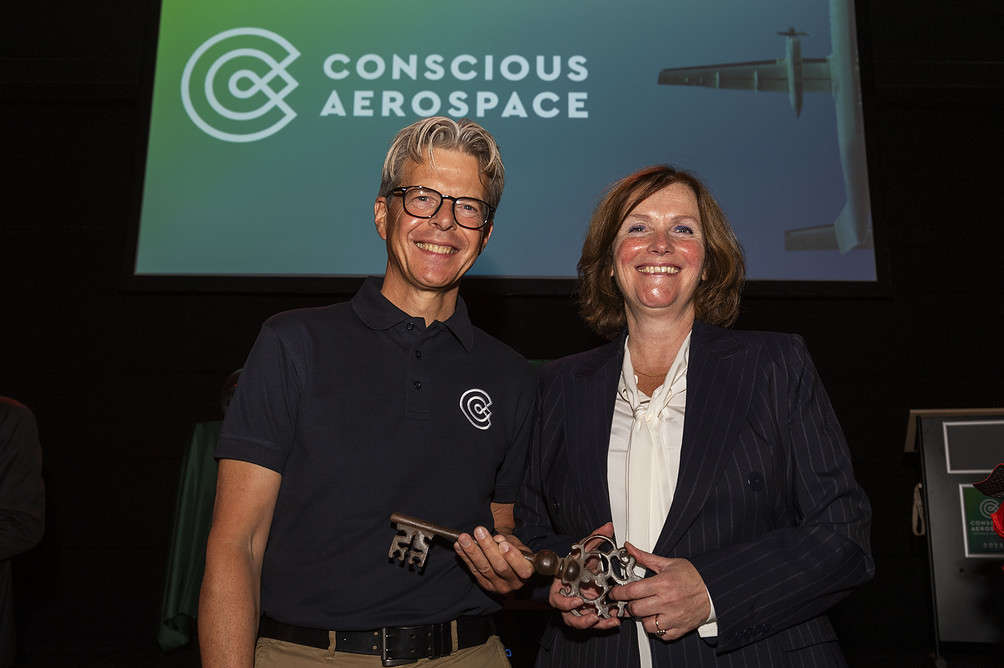
“Change of an era”
In another passage of his speech, Castelein spoke of how, nowadays, we are witnessing the “change of an era”. The future of transport will radically be different, and hydrogen is one of the puzzle pieces. Although the vision must be future-oriented, he underscored the importance of focusing on the problems of today and operating one step at a time.
The Dutch minister of infrastructure and water management, Mark Harbers, also wished good luck to Conscious in its mission. In his video message, he underscored the necessity of finding a new balance, building on the legacy of Antony Fokker, the pioneer of Dutch aviation.
During the inauguration event, Fokker’s legacy was brought up in several moments. Dutch pioneering spirit sums up in Conscious Aerospace’s motto: Dream, Dare, Do, Dutch. In taking the skies once again, the Netherlands wants to be in the captain’s seat once again, possibly writing the history of the next century of aviation.

